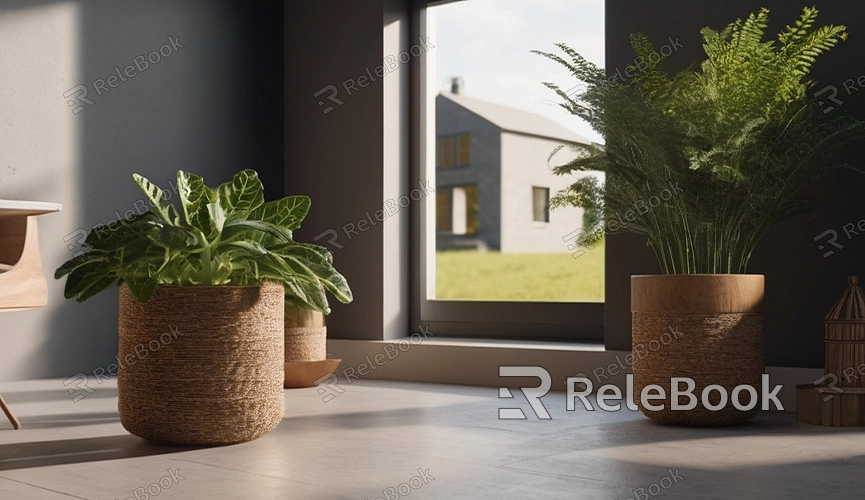How to make phyiscs in blender with blender render
Blender is a powerful 3D modeling and animation software with a wide range of tools and features that can help users create complex physical effects. In this article, we will explore how to use Blender Render in Blender to create physics effects, making your 3D projects more dynamic and realistic.
Installation and Preparation
First, ensure you have the latest version of Blender installed and have some basic knowledge of its operations. Open Blender, create a new project, and let's begin our journey into creating physics effects.
Creating a Basic Model
In Blender, physics effects are typically applied to 3D models. We'll start with a simple model.
1. Open Blender and enter the default 3D view.
2. Click the “Add” button in the left toolbar, select “Mesh,” and then choose “Cube” to create a basic cube model.
3. Select the cube model and adjust its size and position to fit your desired shape and location.

Applying Physics Effects
Blender offers a variety of physics tools to simulate real-world physical phenomena. Here, we’ll use the “Rigid Body” effect to create a simple physics simulation.
1. Select the cube model and click the “Physics” tab in the properties panel on the right.
2. Click the “Rigid Body” button to add rigid body physics to the cube. The cube will now be affected by gravity and will collide with other objects.
3. Add a plane to the scene to serve as the ground for the cube. Click the “Add” button, select “Mesh,” and then choose “Plane.” Adjust the plane’s size and position so it’s beneath the cube.
4. Add rigid body properties to the plane as well, but set its type to “Passive.” This way, the plane will not move but can interact with the cube.
Running the Physics Simulation
Once the physics effects are set up, you can run the simulation to see the results.
1. Click the play button in the top toolbar to start the simulation.
2. You will see the cube fall due to gravity and collide with the plane, demonstrating the basic application of rigid body physics.

Render Settings
To make the physics effects look more realistic, you can render the scene. Blender Render provides various rendering options to help you achieve high-quality images.
1. Click the “Render” menu in the top toolbar and select “Render Image.”
2. In the properties panel on the right, adjust the render settings such as resolution, lighting, and materials.
3. Choose a suitable rendering engine, such as Eevee or Cycles, for the final render.
Advanced Physics Effects
In addition to rigid body effects, Blender also offers other advanced physics effects, such as fluid simulation, cloth simulation, and particle systems. You can choose the appropriate physics effect based on your project needs and configure the settings accordingly.
- Fluid Simulation: Suitable for simulating liquid flow, such as water or oil.
- Cloth Simulation: Suitable for simulating flexible objects like cloth or paper.
- Particle System: Suitable for simulating large numbers of small particles, like smoke or fire.
Using Relebook Resources
If you need high-quality 3D textures, HDRIs, or 3D model downloads for creating models and virtual scenes, you can download them from Relebook. After downloading, you can directly import the textures and 3D models into your Blender project.
By following this guide, you should now have a basic understanding of how to create physics effects in Blender using Blender Render. These techniques can help you achieve better results in your 3D modeling and animation projects, creating more dynamic and realistic works.

